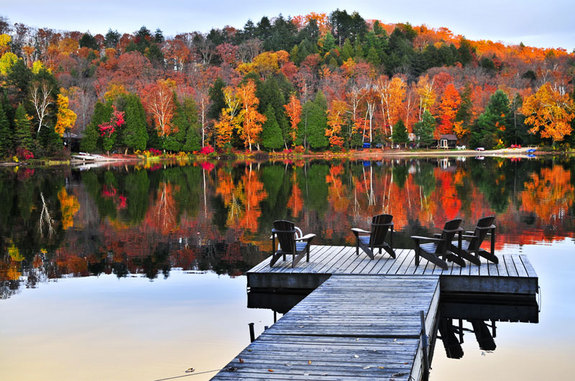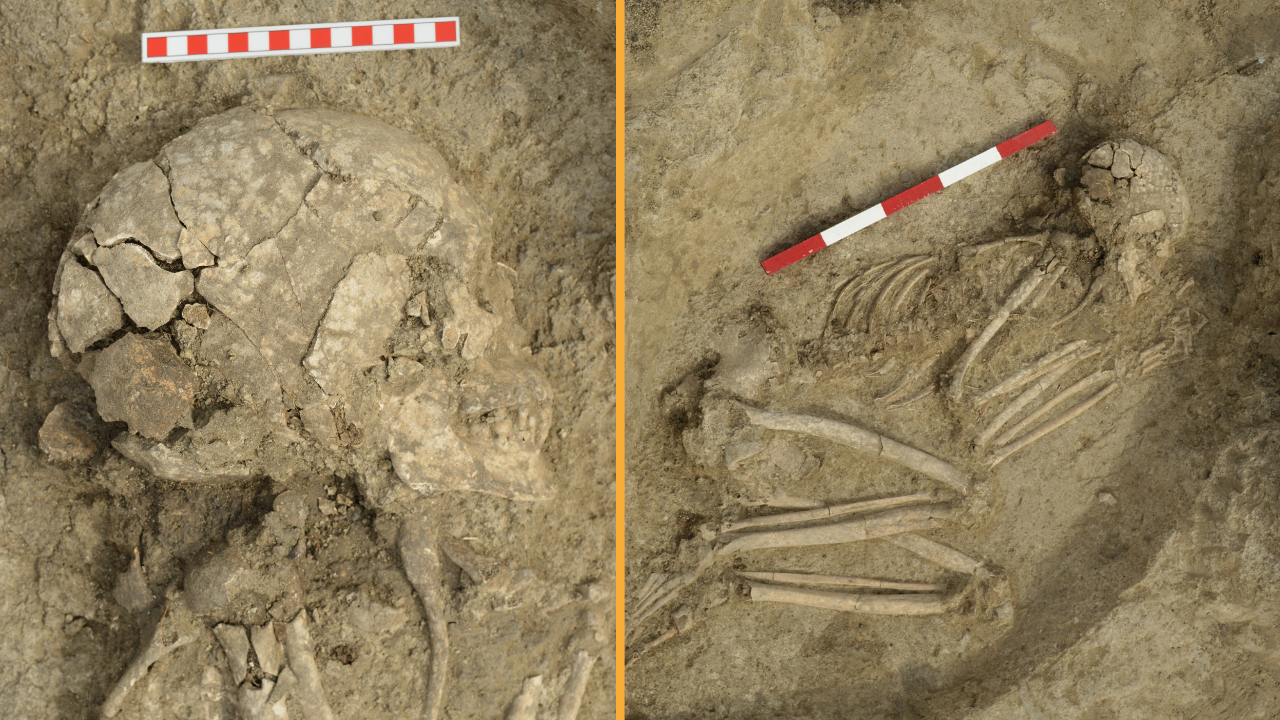Goodbye, Summer! Fall Starts Saturday

Get prepared: It's time to kiss long days and warm weather goodbye and welcome in crisp temperatures and crunchy leaves. The first day of fall, also known as the autumnal equinox, is Saturday, Sept. 22.
The equinox gets its name from an astronomical curiosity. During both the spring and fall equinoxes, the sun transits directly over the Earth's equator. Day and night are approximately equal length on equinoxes, which is how the days got their name — it means "equal night" in Latin.
This year's equinox occurs at 6:49 a.m. EDT (14:49 UTC) on Saturday, the time when the sun makes its pass over the equator. The actual date of the fall equinox varies slightly each year, sometimes falling on the 23rd or 24th depending on the vagaries of our calendar and Earth's slightly irregular orbit.
While day and night both last about 12 hours around the equinox, the days will start to shorten in the Northern Hemisphere as winter approaches. That's because the Earth orbits at a slight tilt of 23.5 degrees. When the Northern Hemisphere tilts toward the sun, that half of the world experiences summer while southerners get winter. When the Northern Hemisphere tilts away, the seasons flip. [50 Amazing Earth Facts]
At the poles, the differences in the length of day and night are so extreme that one or the other completely disappears. At the North Pole, the sun rises during the vernal, or spring, equinox, climbs in the sky until the first day of summer (the summer solstice) and then gradually makes it way back down, setting on the day of the autumn equinox.
Living things respond to these light changes, of course, from trees shedding their leaves to animals preparing for hibernation. For the high-attitude-living male Siberian hamster, the changes must be especially noticeable: The rodent's testes swell up 17 times their size from short days to long, part of the changes that allow the animals to time reproduction properly.
Seasons matter for humans, too. People with seasonal affective disorder suffer depression in the winter months, likely a result of hormonal changes in response to alterations in sunlight.
Get the world’s most fascinating discoveries delivered straight to your inbox.
More bizarrely, scientists have found a biannual trend in Google searches for naughty keywords related to pornography and prostitution. A study published in August in the journal Archives of Sexual Behavior revealed that such searches are more common around Christmas and early summer. Other studies have found that condom sales go up during these times and that young people report having more sex.
What's not clear is whether this seasonal sex cycle is biological or cultural — perhaps caused by people having extra vacation time on their hands around the holidays and during the summer.
Follow Stephanie Pappas on Twitter @sipappasor LiveScience @livescience. We're also on Facebook& Google+.

Stephanie Pappas is a contributing writer for Live Science, covering topics ranging from geoscience to archaeology to the human brain and behavior. She was previously a senior writer for Live Science but is now a freelancer based in Denver, Colorado, and regularly contributes to Scientific American and The Monitor, the monthly magazine of the American Psychological Association. Stephanie received a bachelor's degree in psychology from the University of South Carolina and a graduate certificate in science communication from the University of California, Santa Cruz.


